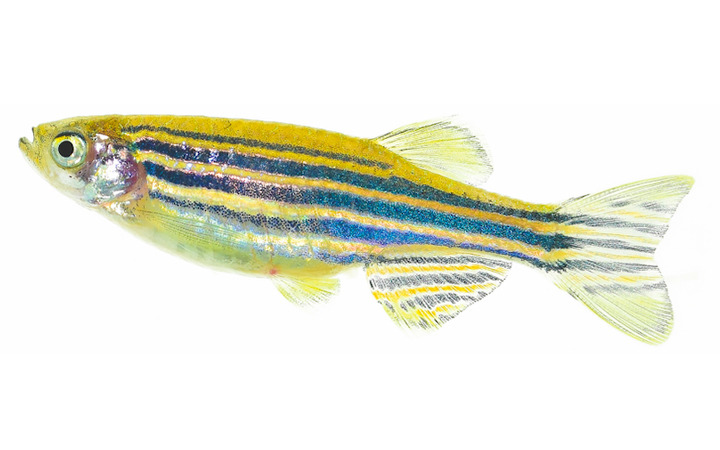Like most hobbies, when you first venture in to the world of fishkeeping, things can get a bit overwhelming. This post will guide you through all of the essentials for setting up your first tank and how to do this correctly.
So many products, so many options and so many opinions. How do you make sure you’re well kitted out without wasting money on gimmicks or inappropriate purchases? Simple, just keep on reading…
Setting up your first fish tank
It needs to suit your space (away from windows, radiators, air vents, speakers and banging doors) but the tendency for beginners to buy very small tanks (45ltr and less) is high and it’s counterproductive. Small tanks are harder to keep and very limiting for your choice of fish. It is possible to keep small aquariums but it is important to choose the right fish and plants for your tank and aquascaping your small tank accordingly.
Aquaria of 60-80 litres are ideal. Small enough to manage easily but large enough to effectively dilute fish waste and keep an array of different starter-friendly species (they also hold some value as second hand items).
Make sure to read our full guide on getting your first fish tank ready to ensure you are keeping your fish in the best environment possible and avoiding those beginner mistakes.

What products will I need for my new fish tank?
A lot of tanks up to 100ltr are sold as complete kits, with a filter, a light unit, possibly a heater and thermometer, water conditioner and a net. These items should be suited to the tank size but sometimes the budget-end kits include barely adequate items.

Setting up the filter
The flow rate should be five to ten times the volume of the aquarium (one sticking point of cheaper kits). If the filter uses replaceable cartridges consider the on-going cost and traveling to buy them – it can make sense to buy a more expensive filter (not employing cartridges) with cheaper running costs.
When setting up your first tank, choosing the correct aquarium filter is essential. Be sure to read our guide which will take you through the different types of filters available, why it's important to have an aquarium filter, and the cleaning procedure.
Lighting your fish tank
Fish don’t need illumination. We use them for viewing our fish and/or to provide energy for plant growth. Basic white lighting is fine for fish and for very low light level plants (Anubias, Java fern, Cryptocoryne) but avoid a lot of blue light – it encourages algae growth. If you intend to keep live plants then a slightly pink or yellow light will be better.

Selecting the correct heater and temperature for your tank
A small selection of ‘tropical’ fish don’t need a heater (including some Danios, Barbs, Tetras etc). However, using a heater will give you a far wider choice. You will need at least one watt per litre for efficient heating. It is important to make sure that you do not overheat your tank as this can put your fish in danger, different species should be kept in different water temperatures so ensure you read up on the correct temperature for your fish.
Extra products you will need
Kits may include essential tap water conditioner, a filter start additive, a net and possibly some food. This can offer good value – these items can add up to £15 or more – but do check dates on any bottles or food included.

No kit includes everything so you will be needing extras. Some shops offer a small discount on products bought alongside a new tank so have a list ready.
Items like sand or gravel and rocks or plastic decorations are obvious and can be added to your tastes. Maintenance products are the more important ones. Algae cleaning magnets or long handled sponges, a gravel hoover and water testing kits are necessary items which aren’t cheap.
Next steps
Once you have purchased the equipment to set up your first tank you will need to work out how you would like to scape the tank and which fish are compatible with the size and type of tank you are hoping to keep. It is also important to understand the maintenance process, ensuring your fish are kept in the best possible environment to allow them to thrive. Good luck!







